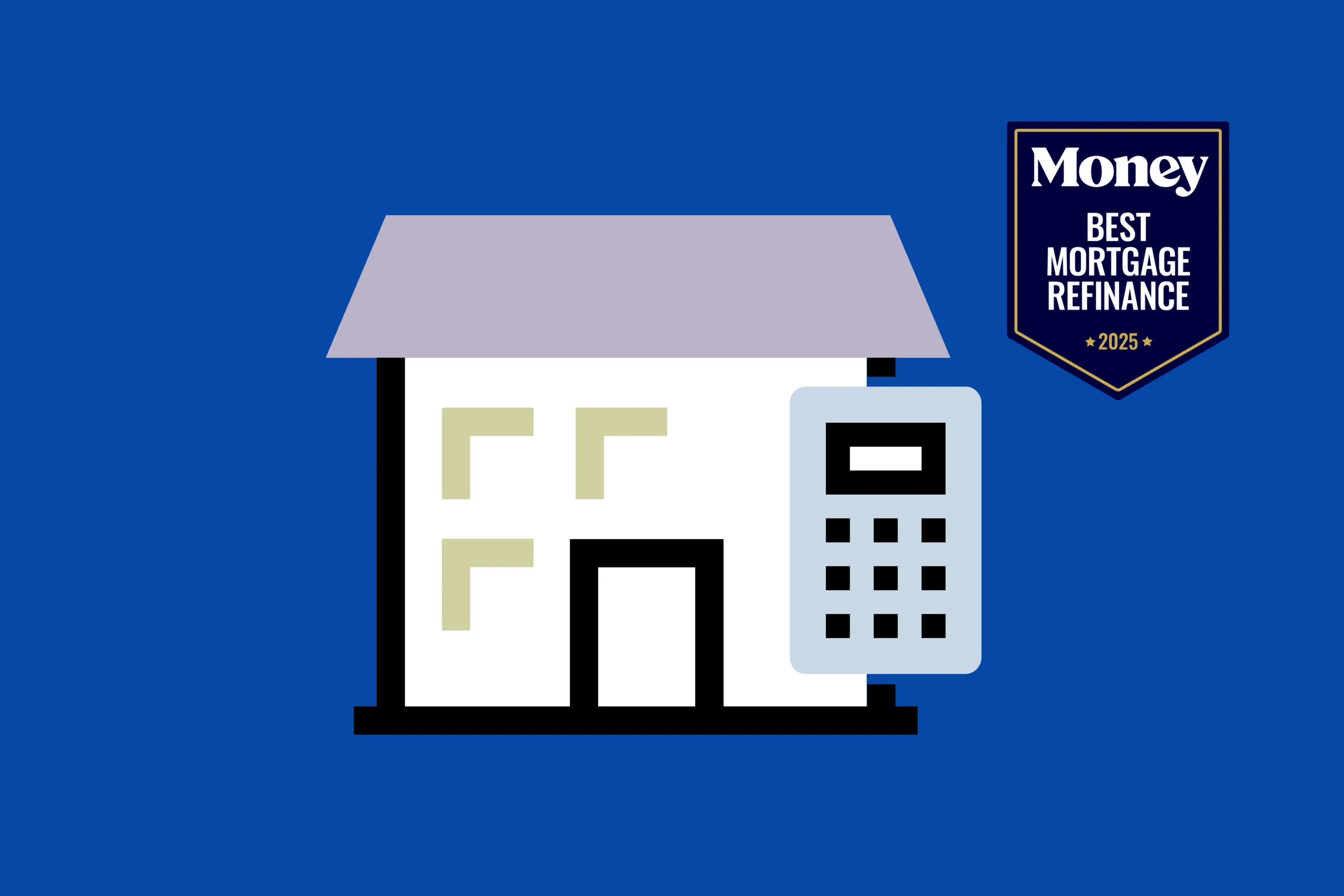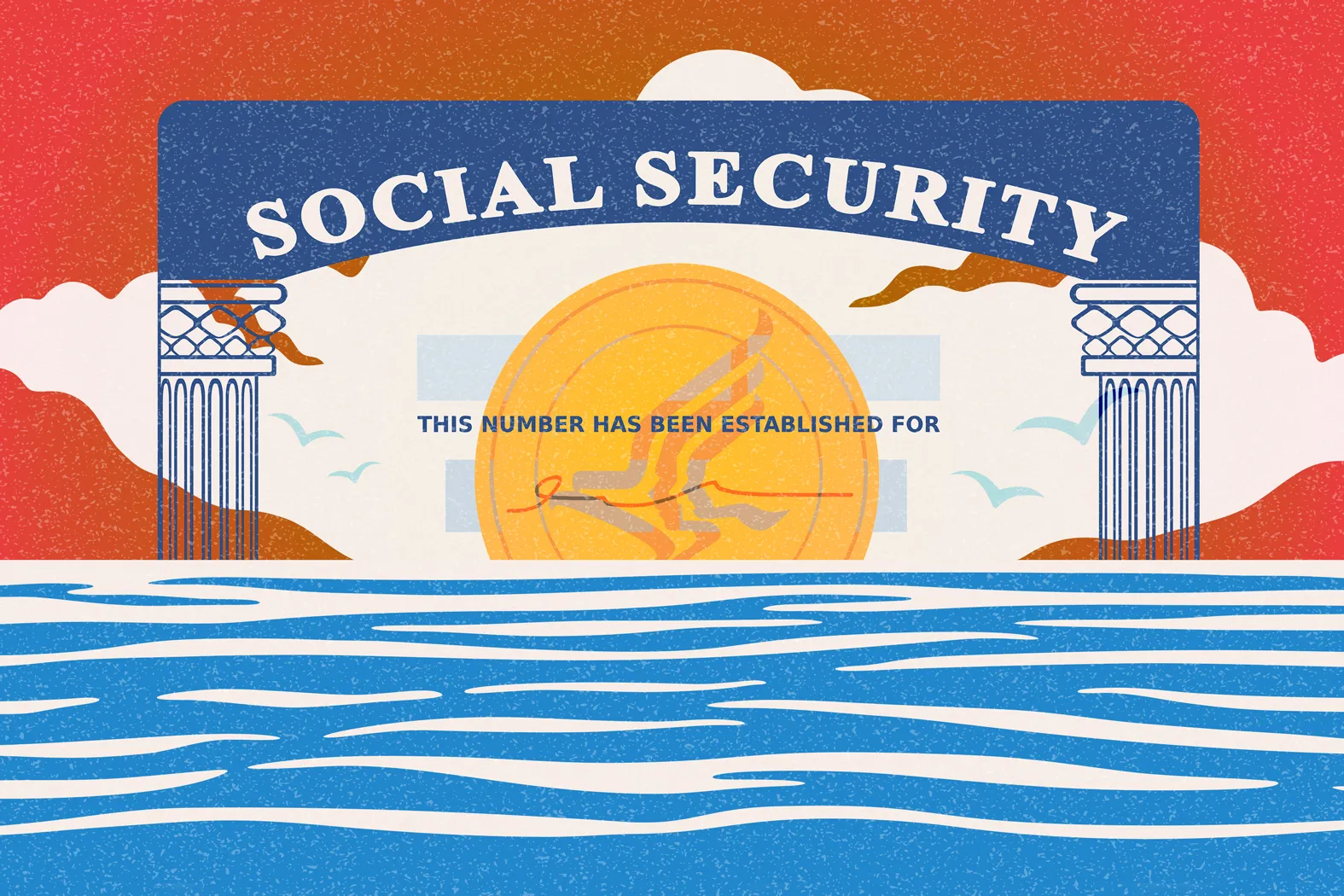More middle class Americans can’t afford to buy a home

Homeownership has long been a cornerstone of the American dream, but for many middle-income families, the path to owning a home is becoming increasingly difficult due to a shortage of affordable housing options. According to a recent analysis by the National Association of Realtors (NAR), only about 1 in 5 listed homes in March were considered affordable for households earning $75,000 annually. This is a significant drop from before the pandemic, when approximately half of all listings were within reach for middle-income families.
The analysis of property listings in the nation’s largest 100 cities revealed that in order to return to pre-pandemic levels of affordability, the U.S. would need to add over 400,000 new listings priced at $255,000 or below. The median sale price in the first quarter of 2025 was nearly $420,000, further highlighting the challenges faced by middle-class buyers.
Nadia Evangelou, senior economist and director of real estate research at NAR, attributes the affordability gap to the housing crisis of 2006, which led to a significant decrease in new construction. As a result, rising home prices and higher mortgage rates have made homeownership increasingly out of reach for many middle-income families.
Evangelou notes that the lack of affordable housing has created a cycle where buyers bid up prices in order to secure a property, further driving prices beyond the reach of middle-class households. This has resulted in a growing number of families being priced out of the housing market in various regions.
“It’s discouraging for many people now,” Evangelou told CBS MoneyWatch. “We hear from people who are earning a good income, and still feel homeownership is out of reach.”
These households include individuals in professions such as nursing, teaching, and skilled trades, all of whom are essential to the housing market. Without affordable options, middle-income buyers are finding it increasingly difficult to enter the market.
Areas with the Most Severe Affordability Gaps
The NAR research identified 26 of the largest 100 cities as having worsening affordability gaps. These cities often face zoning or permitting restrictions that hinder the construction of new properties, exacerbating the affordability crisis. From high-cost cities like Los Angeles to more affordable areas like Harrisburg-Carlisle and Scranton in Pennsylvania, the affordability gap is a widespread issue.
Pennsylvania, in particular, has struggled with housing availability due to restrictive zoning rules. The state ranked 44th in new housing construction from 2017 to 2023, leading to surging housing costs despite slower population growth compared to other states. Regions like northeastern Pennsylvania, including Scranton and Philadelphia, have experienced significant increases in housing costs.
Improvements in Housing Availability
On a more positive note, 30 cities have shown improvements in affordable listings, with areas like Raleigh-Cary, North Carolina, and Columbia, South Carolina, seeing a 5% increase in affordable options over the past year. Columbia, in particular, has witnessed a rise in construction, with more townhomes and other affordable housing options being built in recent years.
Despite these improvements, 44 cities remain stagnant in their share of affordable listings, neither improving nor declining in availability.
Evangelou suggests that both federal and local initiatives are needed to spur more homebuilding and address the affordability crunch. Easing zoning and building regulations could encourage builders to construct new homes, while government programs could provide downpayment assistance to middle-income buyers.
Additionally, innovative housing solutions such as micro-apartments, where residents share communal spaces like kitchens and bathrooms, could offer a cost-effective way to increase housing inventory and affordability.





